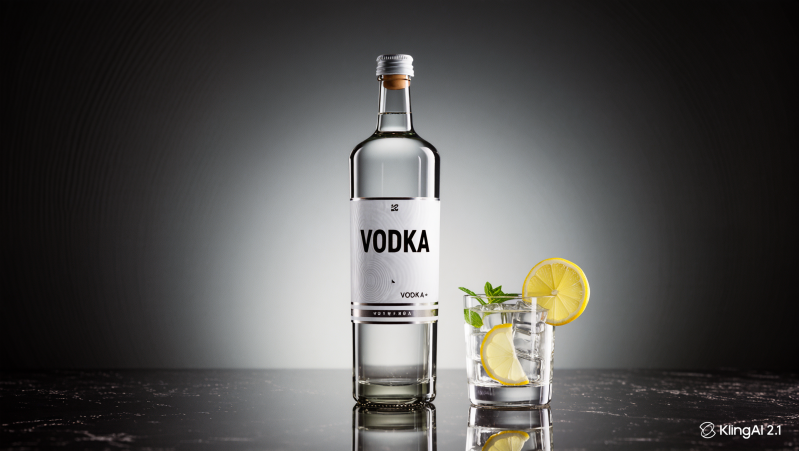
Vodka is a clear, neutral spirit traditionally made from fermented grains, such as wheat, rye, or corn, though potato vodka remains available and is still produced in certain regions. While potato-based varieties are often associated with a slightly richer mouthfeel, most modern vodkas are primarily grain-based due to cost efficiency and consistency in production. Unlike many spirits, vodka is valued for its purity and lack of strong flavor, making it a versatile base for cocktails and mixed drinks. Its neutral profile comes from both the choice of raw materials and the distillation process, which removes most flavor compounds. Originating in Eastern Europe—particularly Russia and Poland—vodka has grown into one of the most widely consumed spirits in the world.
The distillation process for vodka typically begins with the fermentation of the chosen base ingredient into a low-alcohol “wash,” similar to beer or mash. This wash is then distilled, often multiple times, in column stills to achieve a high level of purity. During distillation, the alcohol is separated from water and impurities by heating the wash to a temperature where ethanol vaporizes, then cooling the vapor back into liquid. Each pass through the still increases the alcohol concentration and removes more congeners—flavor and aroma compounds present in other spirits like whiskey or rum. Some vodkas are distilled three, five, or even more times, a marketing point often associated with smoothness.
After distillation, vodka undergoes filtration, frequently through activated charcoal or other materials, to further refine its clarity and texture. This step removes trace impurities that can affect the spirit’s taste or mouthfeel. Once the vodka has reached a high-proof state—often around 190 proof (95% ABV)—it is diluted with water to the desired bottling strength. The quality of the water used is crucial, as it can subtly influence the final taste. Many premium brands emphasize their use of spring water or glacier-fed sources to enhance smoothness and balance.
The average proof of commercially sold vodka is typically around 80 proof, which is 40% alcohol by volume (ABV). However, higher-proof vodkas exist, with some reaching 100 proof (50% ABV) or more for specialized uses or stronger cocktails. In the United States, the legal minimum for vodka is 80 proof, but in some markets, lighter variations at slightly lower strengths can be found. While vodka is generally neutral in taste, subtle variations in mouthfeel, finish, and even aroma can be detected between brands due to differences in raw materials, water source, and production techniques.